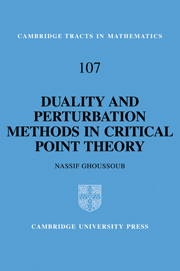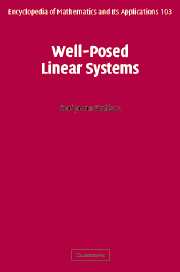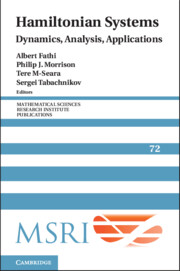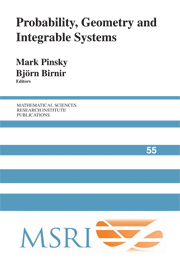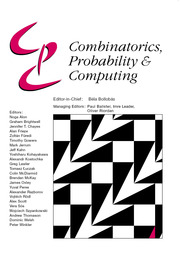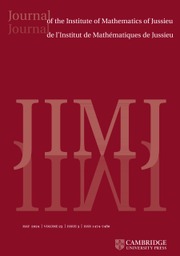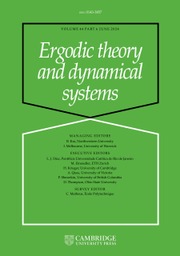Duality and Perturbation Methods in Critical Point Theory
The calculus of variations has been an active area of mathematics for over 300 years. Its main use is to find stable critical points of functions for the solution of problems. To find unstable values, new approaches (Morse theory and min-max methods) were developed, and these are still being refined to overcome difficulties when applied to the theory of partial differential equations. Here, Professor Ghoussoub describes a point of view that may help when dealing with such problems. Building upon min-max methods, he systematically develops a general theory that can be applied in a variety of situations. In so doing he also presents a whole array of duality and perturbation methods. The prerequisites for following this book are relatively few; an appendix sketching certain methods in analysis makes the book reasonably self-contained. Consequently, it should be accessible to all mathematicians, pure or applied, economists and engineers working in nonlinear analysis or optimization.
- Subject is of wide interest
- Prerequisites are few even though subject is deep
Product details
August 2008Paperback
9780521071956
280 pages
228 × 151 × 18 mm
0.44kg
Available
Table of Contents
- 1. Lipschitz and smooth perturbed minimization principles
- 2. Linear and plurisubharmonic perturbed minimization principles
- 3. The classical min-max theorem
- 4. A strong form of the min-max principle
- 5. Relaxed boundary conditions in the presence of a dual set
- 6. The critical set in the mountain pass theorem
- 7. Group actions and multiplicity of critical points
- 8. The Palais–Smale condition around a dual set - examples
- 9. Morse indices of min-max critical points - the non-degenerate case
- 10. Morse indices of min-max critical points - the degenerate case
- 11. Morse-type information on Palais–Smale sequences
- Appendix
- References
- Index.

